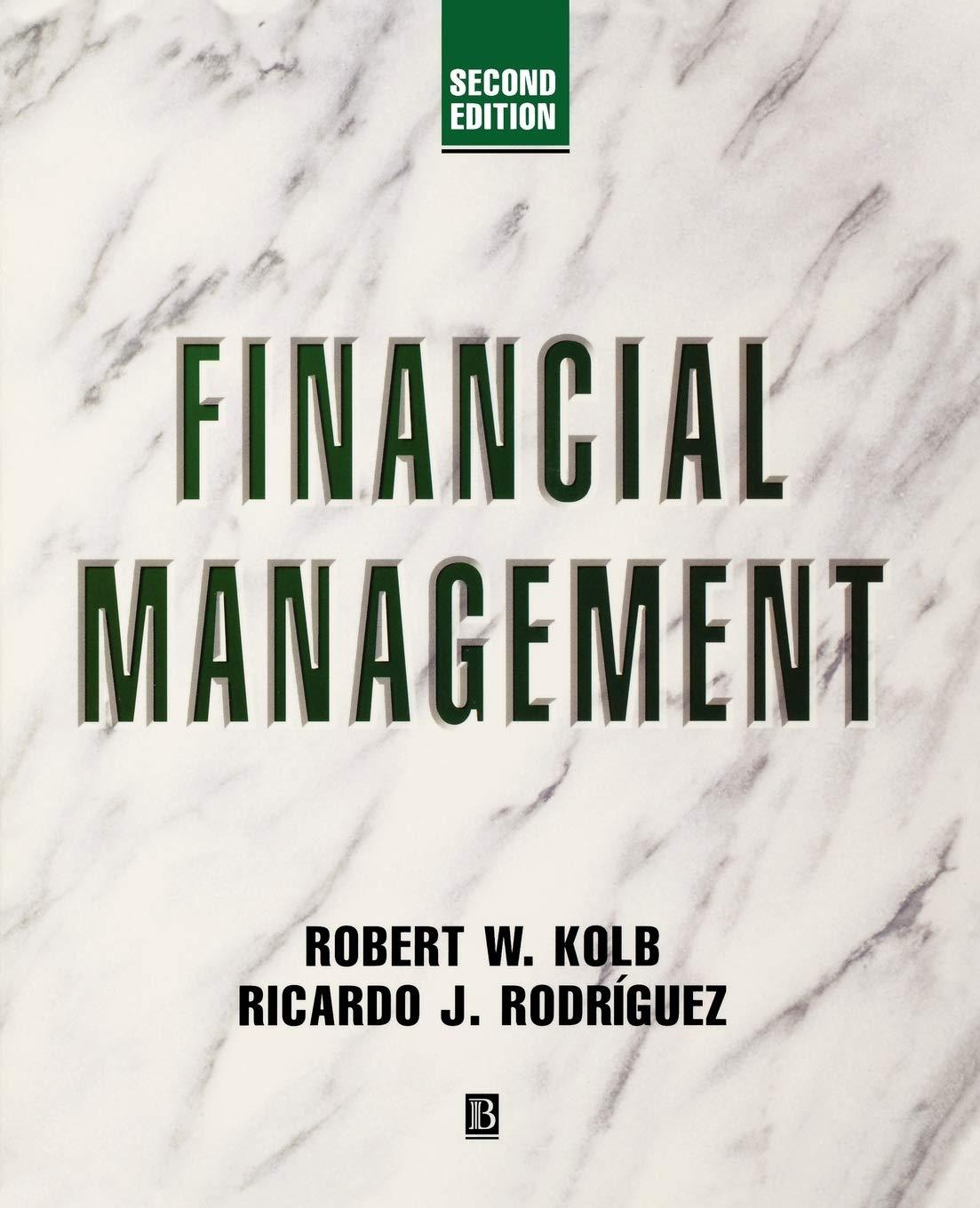Background: For this task you will be required to use a mathematical model to make predictions about the levels of Radon in the environment. You will need to handle data measurements of Radon at given times using Maple to make appropriate predictions, "Radon levels in the environment: Radon is a radioactive gas, which de- cays with a half-life (T1/2) of only 3.8 days. It originates from the rocks and soil and can be found everywhere in the environment. Public Health England recommends that radon levels should be reduced in homes where the average is more than 200 becquerels per metre cubed (200Bq/m). 1Bq = 1 decay per second." Source: Public Health England. Mathematical model: Based on the work of Becquerel and Marie Curie (Nobel Prize winners). Let N(t) be the number of radioactive particles at time t, then the rate at which the particles decay over time is proportional to the number of particles. This can be expressed as dN/dt = -AN where is known as the decay constant. By separating the variable, this differential equation can be solved giving N(t) = N(O)e- Boe-At Errors: Given n measurements (tx,y) of the numbers of particles yk, at time tk, for k = 1,..., n, the model predicts the relationship y(t) Ideally, yx - y(tk) is zero for k 1,..., n, but it is more likely to be very small. Using a Least Square fit, we define the error function depending on No and X, E(No. 1) = x - y(t)) ] [. ki and find the (optimal) values N, and which minimise E. 1 de d No Exercise 2: [60 Marks] We now do not assume that we know from the half-life of Radon, but treat it as an independent parameter. We therefore need to free L from its previously assigned value using the Maple command unassign ('L') and redefine E. (a) Calculate the derivatives N. and dE and assign eq1 to = 0 and eq2 to E = 0. (6) Solve the system of equations eqi, eq2 for unknowns No and L. What is your optimal value for No now? (c) Find an estimate for the true value of N, by taking the average value of the estimates from Exercise 1 and 2. Estimate the error with 68% confidence. (d) Define f :- NO * exp(- L * t); where NO and L are the optimal values obtained in Exercise 2(b). Plot the data points and the values off between t = 0 and t = 12.5 on one graph. Background: For this task you will be required to use a mathematical model to make predictions about the levels of Radon in the environment. You will need to handle data measurements of Radon at given times using Maple to make appropriate predictions, "Radon levels in the environment: Radon is a radioactive gas, which de- cays with a half-life (T1/2) of only 3.8 days. It originates from the rocks and soil and can be found everywhere in the environment. Public Health England recommends that radon levels should be reduced in homes where the average is more than 200 becquerels per metre cubed (200Bq/m). 1Bq = 1 decay per second." Source: Public Health England. Mathematical model: Based on the work of Becquerel and Marie Curie (Nobel Prize winners). Let N(t) be the number of radioactive particles at time t, then the rate at which the particles decay over time is proportional to the number of particles. This can be expressed as dN/dt = -AN where is known as the decay constant. By separating the variable, this differential equation can be solved giving N(t) = N(O)e- Boe-At Errors: Given n measurements (tx,y) of the numbers of particles yk, at time tk, for k = 1,..., n, the model predicts the relationship y(t) Ideally, yx - y(tk) is zero for k 1,..., n, but it is more likely to be very small. Using a Least Square fit, we define the error function depending on No and X, E(No. 1) = x - y(t)) ] [. ki and find the (optimal) values N, and which minimise E. 1 de d No Exercise 2: [60 Marks] We now do not assume that we know from the half-life of Radon, but treat it as an independent parameter. We therefore need to free L from its previously assigned value using the Maple command unassign ('L') and redefine E. (a) Calculate the derivatives N. and dE and assign eq1 to = 0 and eq2 to E = 0. (6) Solve the system of equations eqi, eq2 for unknowns No and L. What is your optimal value for No now? (c) Find an estimate for the true value of N, by taking the average value of the estimates from Exercise 1 and 2. Estimate the error with 68% confidence. (d) Define f :- NO * exp(- L * t); where NO and L are the optimal values obtained in Exercise 2(b). Plot the data points and the values off between t = 0 and t = 12.5 on one graph








